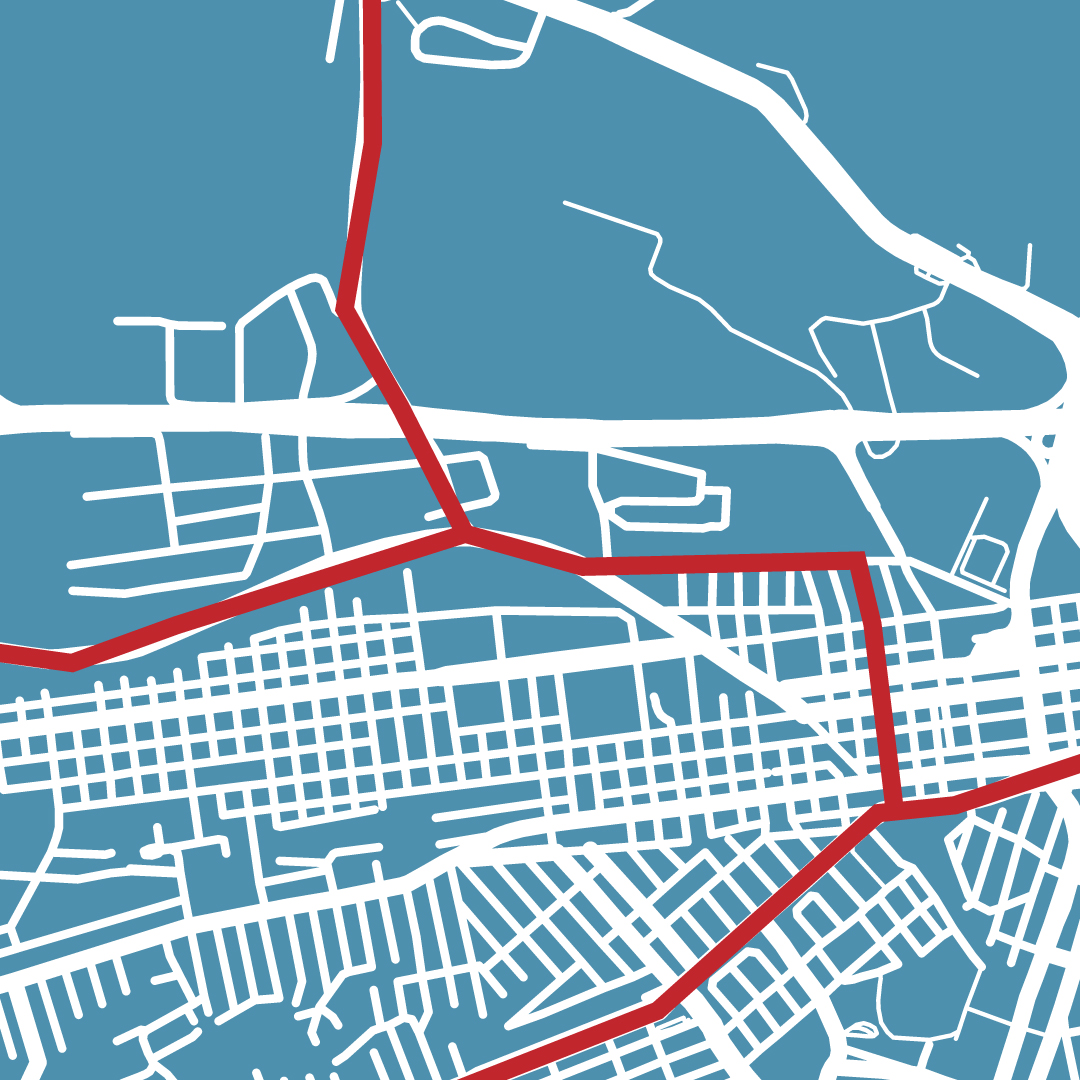Unpacking the Municipal Demarcation Application in South Africa
Main Article Content
Abstract
The year 2022 marks the sixth democratic local municipal demarcation process in South Africa. The Municipal Demarcation Board has invited the public to put forward their suggestions for the revision of local municipal boundaries based on the Municipal Demarcation Act (27 of 1998) by the end of March. However, the legislative criterion that guides the process remains as complex as it was in 1998 and the public still questions how and why municipal boundaries are demarcated in South Africa. A direct product of the complexity is that many voices remain muffled and their frustrations are displayed in public protests. These protests are to an extent due to municipalities being too large, lacking economic bases, and having poor governance structures to administer efficiently, resulting in many struggling to provide basic services and remain financially viable and sustainable. This article unpacks the application process that needs to be followed by the Municipal Demarcation Board (MDB), the Member of Executive Council (MEC), and the public to motivate for the re-demarcation of local boundaries. The paper argues that the process is complicated and calls for its revision. Furthermore, the paper suggests that smaller and more compact municipalities, at scale and proportional to economic base, might be the solution to the on-going crises of South African Municipalities.
Article Metrics Graph
Metrics
Article Details

This work is licensed under a Creative Commons Attribution-NonCommercial 4.0 International License.


 https://orcid.org/0000-0001-5327-859X
https://orcid.org/0000-0001-5327-859X